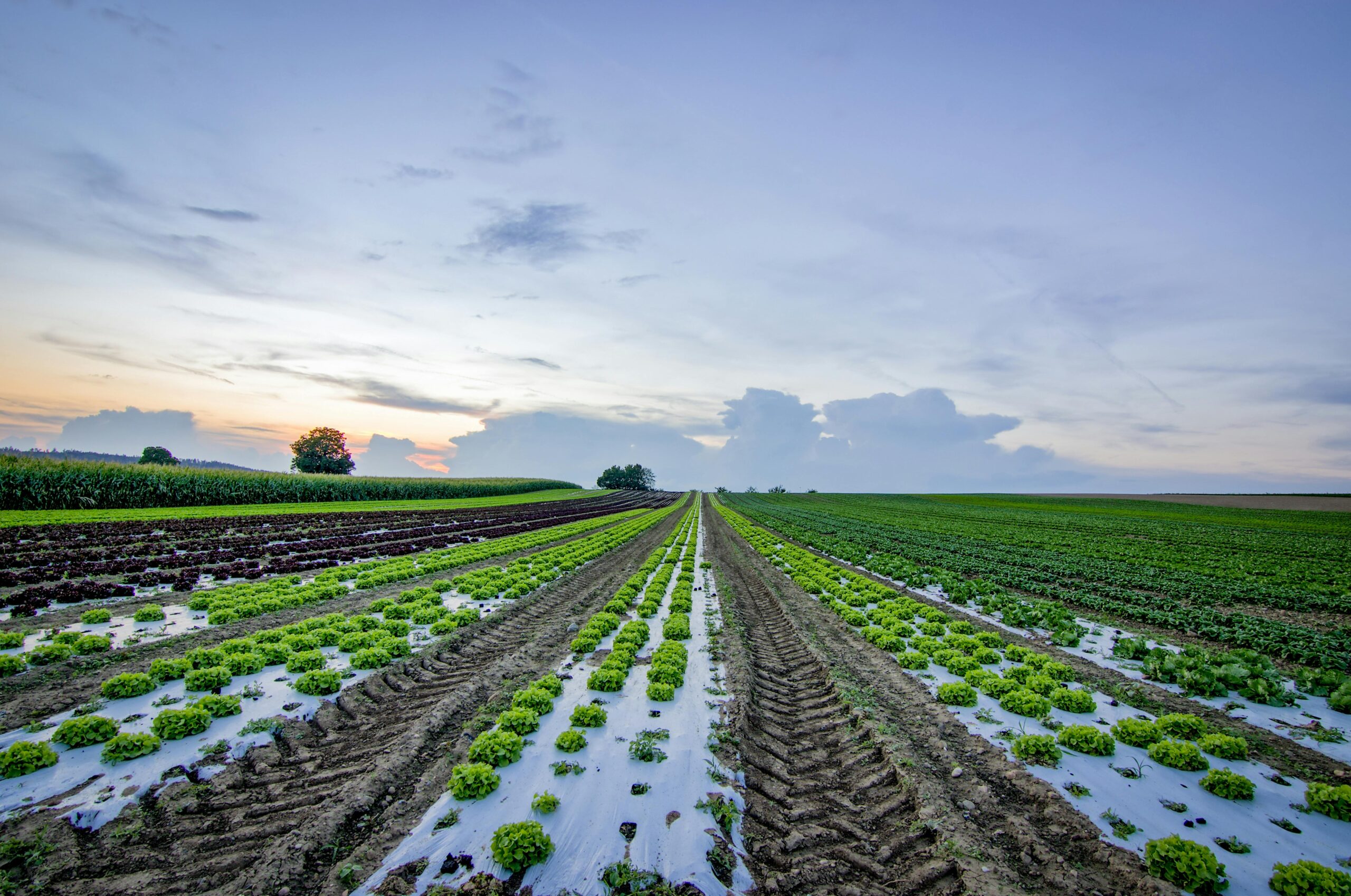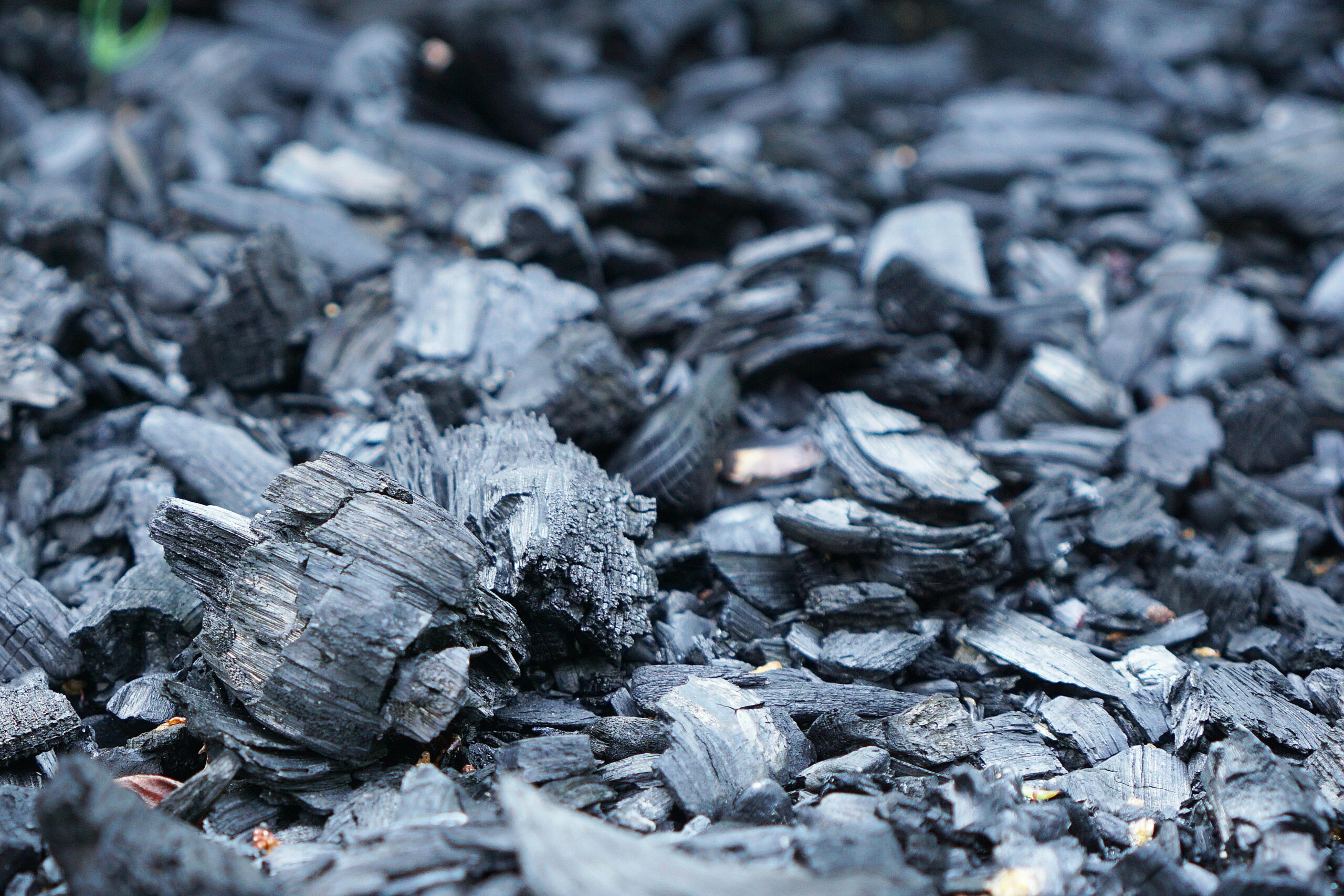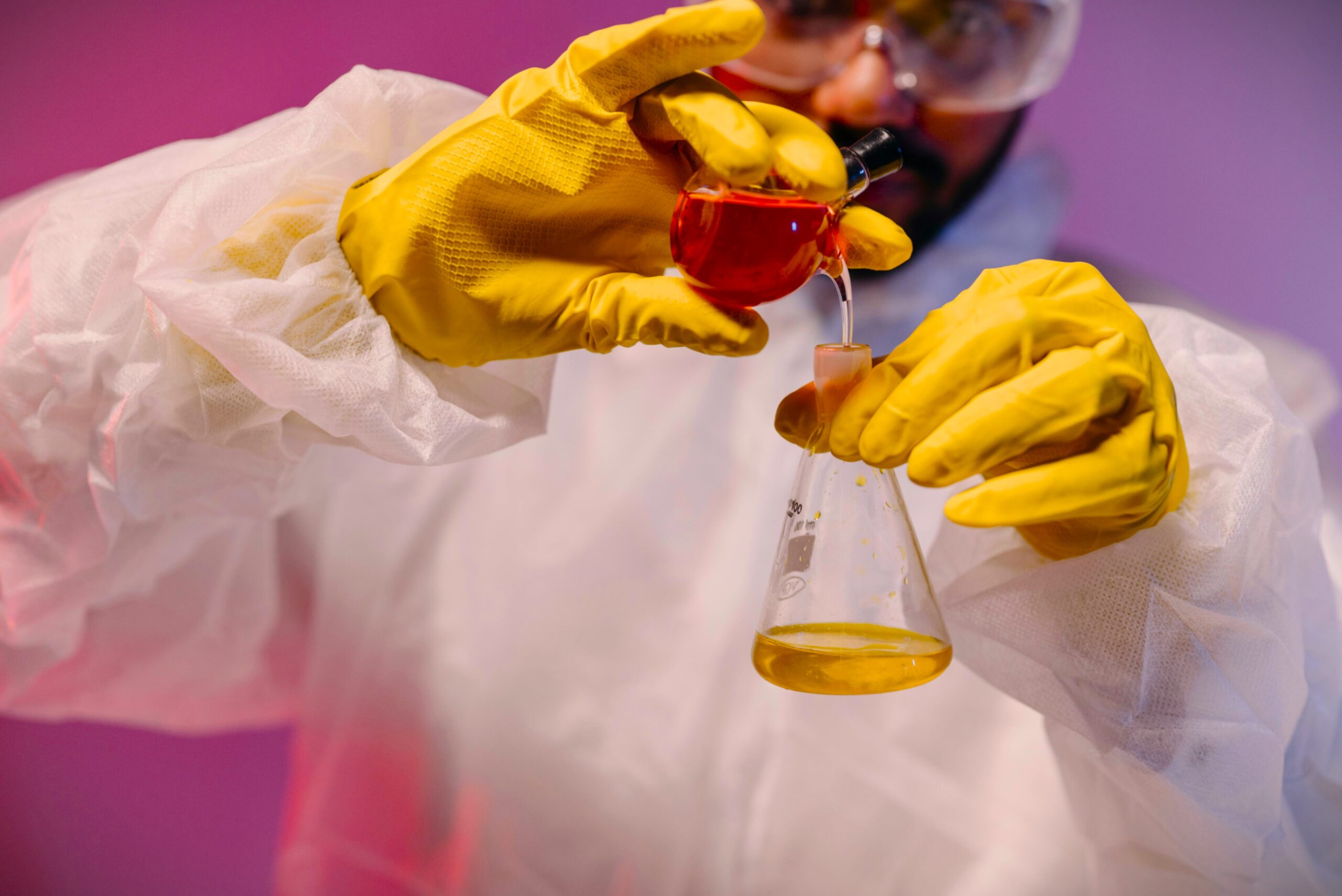I was asked this question today, and thought it would be a good topic of conversation. The real answer is something I keep harping on and urge people to pay attention to when they have water questions; “What are all details”.
People are always looking for one-word answers to their water questions. Water is vastly different depending where it comes from, and the water that any given technology will produce is dependent on what the input quality is. This quest to just have a “fix all”, one solution to any water issue that comes up is dangerous, and can be fatal. So, let’s take a look at the safety of Reverse Osmosis water.
Dasani and Aquafina each produce an excellent bottled drinking water using RO. Hospitals routinely use RO to produce water for dialysis and research grade water. Surely, RO is safe for our drinking water, right? Well, not so fast.
RO removes 98 – 99% of dissolved contaminants (Calcium, Iron, Lead, etc), and up to 99.9% of bacteria, virus and organic material. Sounds pretty good, right? Under normal circumstances, with local tap water feed, RO will produce water that meets drinking water standards. That still doesn’t mean it’s safe to drink. Here are the caveats.
- 99.9% bacterial and virus removal doesn’t mean safe. These organisms reproduce, so, an RO that is not regularly sanitized could have gross amounts of bacteria and bacterial slime on the outlet of the RO product line. The RO may make water that is fine, but the distribution pipes or storage tank might make the water toxic.
- RO water is void of chlorine. If the water sits for any time, it will likely have bacteria growing in it.
Now let’s look at dissolved solids rejection. Sea Water can have as much as 35,000 parts per million (ppm – mg/l) of sodium (NaCl). If the RO rejects 98% of that, this would leave 750 mg/l for you to drink. Yuck! In reality, sodium is less effectively rejected than most other dissolved solids. With sodium, as little as 95% rejection is not uncommon. This would leave 1,750 mg/l in your drinking water. Double Yuck!
With contaminants like lead and arsenic, it doesn’t take a very high concentration to be fatal, so RO performance is even more critical than you might think.
So, is RO water safe to drink? You see, it depends. If you don’t understand RO, you could be drinking excessive amounts of bacteria and viruses, and excessive amounts of sodium, or other dangerous contaminants.
Is it safe to drink Dasani and Aquafina RO water? Absolutely. These companies have trained RO technicians and monitoring procedures to assure that none of these contamination problems happen. But, the home owner? As I always say, when asking a water question, you really need to understand water. There are no simple answers.







